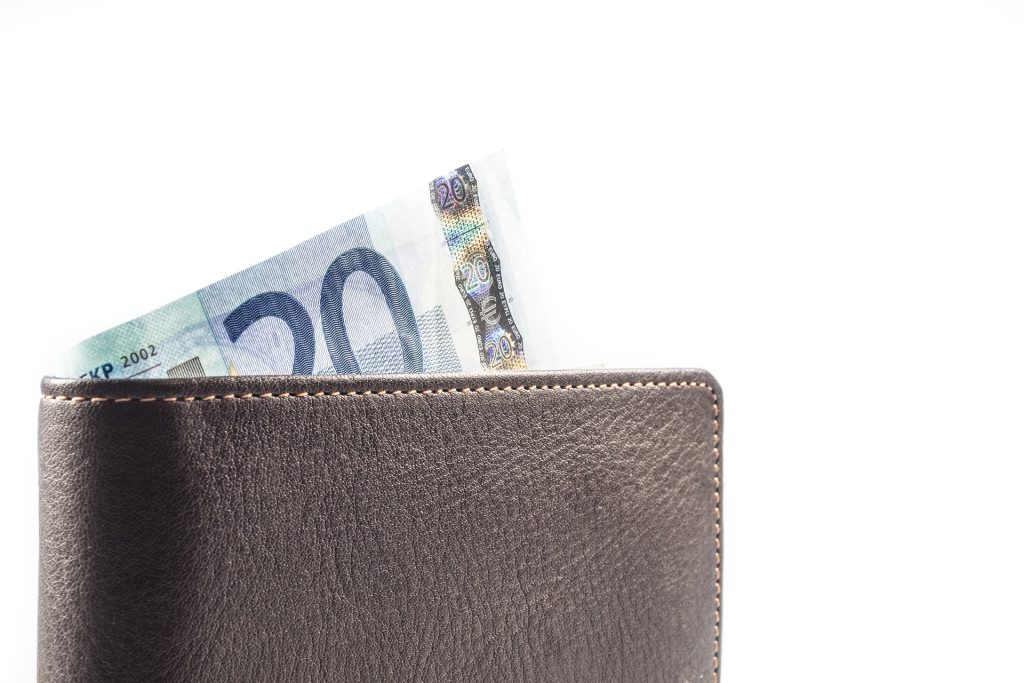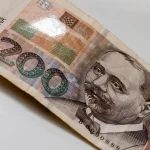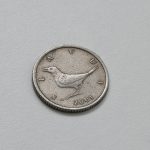January the 4th, 2024 – Despite having been a fully fledged Eurozone member for just over a year now, many still aren’t used to the new currency and want the practice of Croatian dual price display to continue.
As Poslovni Dnevnik/Ana Roksandic writes, entering yet another new year is often synonymous with changes, and one of the first things that people likely noticed when making their first purchases in 2024 is that the period of Croatian dual price display is over.
With the end of 2023 came the end of the legal obligation of Croatian dual price display, initially introduced a few months before adopting the euro back in September 2022. Thus, the last trace of the kuna as the Croatian national currency, which was valid as an official currency from 1994 to 2022, is gone. However…
Many claim they’re still not used to the euro
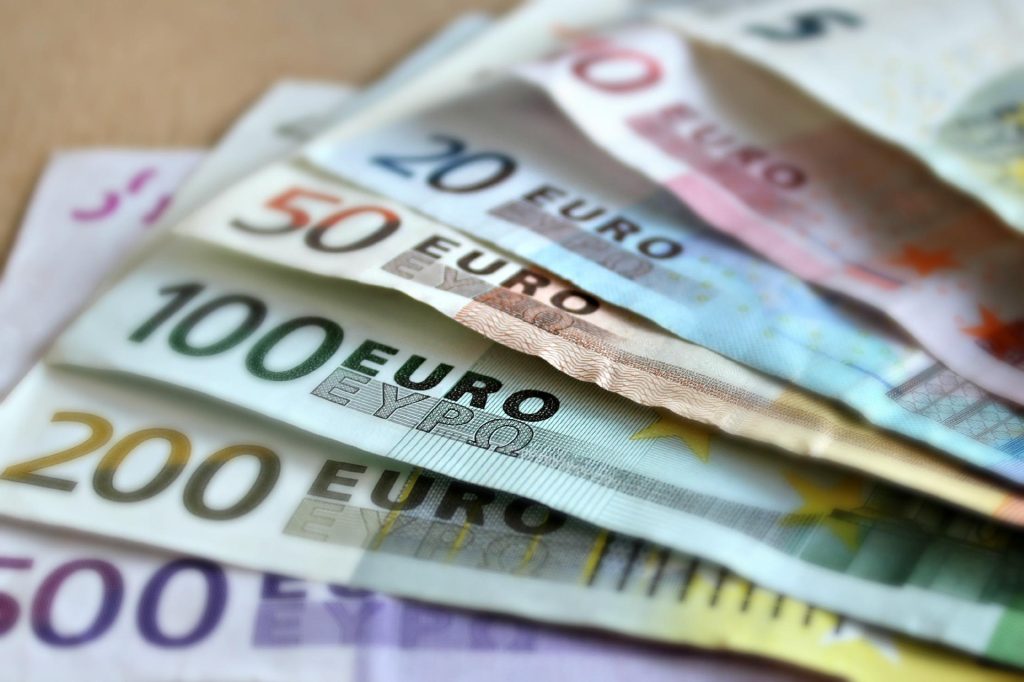
Although we’ve been paying and getting paid in euros for a little over one year now, the process of getting used to the new currency is still not fully completed. This is partially because of Croatian dual price display, which, while useful, makes it easy for people to simply stick to reading the kuna pricing.
The Croatian Association for Consumer Protection has, as such, demanded from the Ministry of Finance that the Croatian dual price display continue this year as well. They claim that this demand is being made because they’ve been constantly contacted by consumers unable to adjust to the euro. They still convert everything into kuna and are afraid of how they’ll manage without kuna pricing displayed alongside euro amounts.
According to the survey they conducted, in which 163 people participated, 56.4 percent of consumers still convert to kuna, while only 9.2 percent have completely gotten used to the euro. 34.4 percent said that they haven’t gotten used to it yet, but are making progress. Economist Drago Jakovčević also believes that it is necessary to extend Croatian dual price display.
“The expectations were that the process of declaring dual prices for a year would be long enough, but as far as I can, it actually hasn’t been long enough. Maybe it should be done for longer officially, but those who want to continue helping the consumer can feel free to continue with their dual price displays. This can bring them greater popularity among buyers,” said Jakovčević.
The money illusion
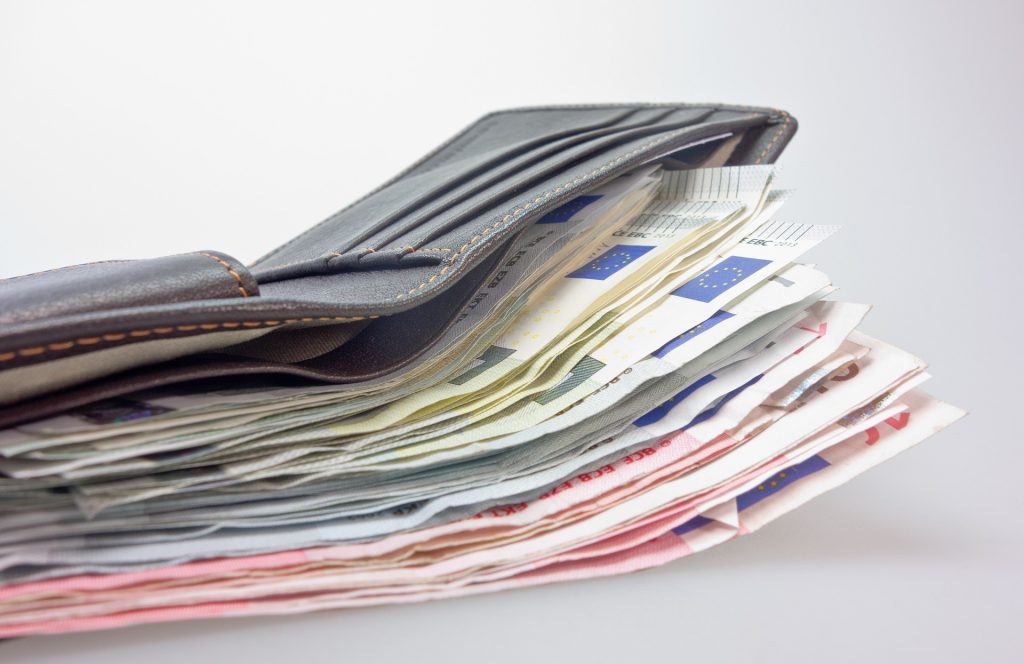
A big factor in the fact that people still aren’t used to the euro lies in the psychological phenomenon called the illusion of money. Nikola Erceg from the Business Psychology Academy explained it in more depth.
“The money illusion is the phenomenon that we’re more sensitive to the nominal value of money, i.e. the figure we see, than to its real value, i.e. what we can really buy with that money. For example, I recently took a child to an amusement park and spent 15 euros on five tokens. While 15 euros didn’t seem so terrible to me at first, only when I converted it into kuna did I realise that I spent more than 100 kuna on rides in the park, then it became clear to me how expensive it was. This phenomenon can lead to the fact that prices expressed in euros are perceived as a better opportunity than the same prices expressed in kuna, and because of this, prices in euros can encourage people to spend more, when prices displayed in kuna might not,” explained Erceg.
The changeover to the euro had a great impact on people when it comes to their salaries as well. Erceg explained that wages expressed in euros are perceived as lower than those expressed in kuna, so people with a salary of 995 euros may feel poorer compared to how they would feel if they saw the same amount in kuna in their account.
“This effect was further stimulated by the fact that, by switching to the euro, people could more easily and directly compare their incomes with incomes in other Eurozone countries, which further stimulated the feeling of being underpaid. This is confirmed by the data, which shows that the majority of people agree with the statement that they only became aware of the differences in wages between Croatia and the countries of Western Europe after the changeover to the euro,” said Erceg.
Negative attitudes
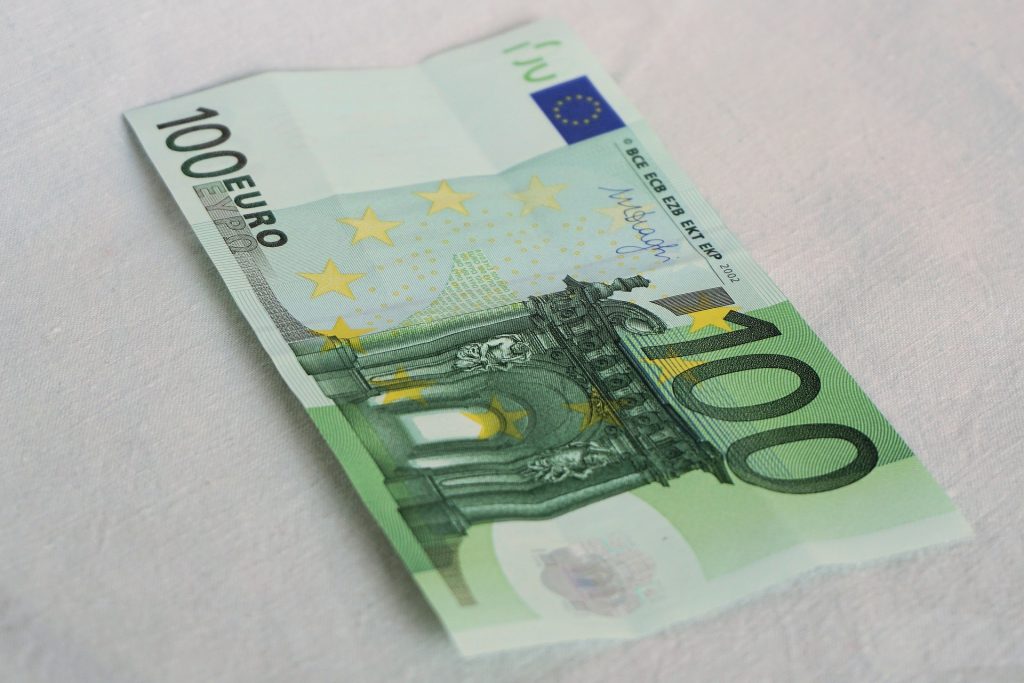
Economists and psychologists both agree that high inflation has contributed to greater fear and negative feelings in general towards the new currency.
“High inflation has most likely led to people having a somewhat more negative attitude towards the euro than they would have had the economic situation been a bit calmer. Our data shows that more than 80 percent of people believe that prices have increased significantly after Croatia officially introduced the euro.
This in itself isn’t strange, but more than 60 percent of those asked believe that the prices rose precisely because Croatia introduced the euro, although the introduction of the euro isn’t actually to blame for the high inflation in this period. Therefore, a lot of people attribute the rise in prices to the euro only, which leads to more negative attitudes and emotions towards it, which probably wouldn’t have existed if the economic situation had been different at the time of the change,” said Erceg.
In addition to inflation, as a negative side of the euro, Jakovčević mentioned Croatia’s sense of having a loss of national identity. “The kuna was a very high-quality monetary unit, it induced a sense of national pride, and I was against losing the kuna within a year. I was in favour of waiting, for Croatia’s economic activity to approach the EU average, but it hasn’t even come close,” said the economist.
It should be emphasised that a good number of economists don’t share Jakovčević’s opinion, and people have always been inclined to “safer” foreign currencies such as the former German national currency, and in more modern times, the euro. The data shows that even in times of low inflation, a stable kuna exchange rate and higher interest rates on savings in kuna in Croatia, more than 80 percent of savings were held in euros.
Regardless of whether the reason is inflation, the phenomenon of the illusion of money or the loss of national pride, it’s very clear want to see continued Croatian dual price display in stores. According to the survey of the Croatian Association for the Protection of Producers, as many as 83.4 percent of respondents believe that the dual display of prices should be maintained throughout 2024.

